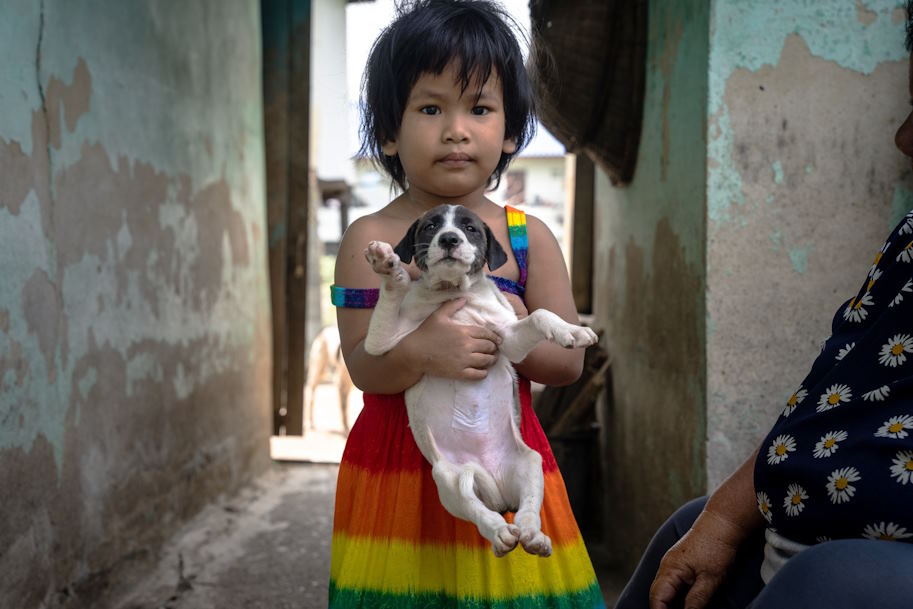
2024-08-17
Teaching children about animal rights and welfare is essential in fostering compassion, empathy, and respect for all living beings. Introducing these concepts at an early age helps children understand the importance of ethical treatment of animals and encourages them to become responsible and caring individuals. This article explores age-appropriate ways to explain animal rights to kids, suggests books and resources for teaching children about animal welfare, and highlights simple ways to promote the ethical treatment of animals.
Age-Appropriate Ways to Explain Animal Rights to Kids
Understanding how to communicate the importance of animal rights and welfare in a way that resonates with children is crucial. Here are some age-appropriate strategies:
Preschool (Ages 3-5)
- Use Simple Language: Explain concepts using simple and clear language. For example, “Animals are our friends, and we should be kind to them.”
- Interactive Play: Use toys and role-playing games to demonstrate how to care for animals gently.
- Picture Books: Read books with illustrations that show animals being treated kindly and discuss the stories.
Elementary School (Ages 6-10)
- Storytelling: Use stories that highlight the importance of treating animals with respect and compassion.
- Classroom Activities: Engage children in activities such as drawing or writing about their favorite animals and how they can help them.
- Basic Concepts: Introduce basic concepts of animal rights, like the need for food, water, shelter, and love.
Tweens (Ages 11-13)
- In-Depth Discussions: Have more detailed conversations about animal rights issues, such as factory farming or endangered species.
- Educational Videos: Show age-appropriate documentaries or videos that explain animal welfare topics.
- Research Projects: Encourage children to research and present on different animal rights topics, fostering critical thinking and empathy.
Books and Resources for Teaching Children About Animal Welfare
Utilizing books and other resources can be an effective way to educate children about animal welfare. Here are some recommended materials:
Picture Books
- “The Great Dog Bottom Swap” by Peter Bently: A fun and engaging story that subtly promotes kindness to animals.
- “A Sick Day for Amos McGee” by Philip C. Stead: Highlights the bond between humans and animals through a touching narrative.
Chapter Books
- “Charlotte’s Web” by E.B. White: A classic story that teaches children about friendship and compassion towards animals.
- “The One and Only Ivan” by Katherine Applegate: Based on a true story, it offers insights into the life of animals in captivity.
Educational Websites and Organizations
- ASPCA (American Society for the Prevention of Cruelty to Animals): Offers educational resources and activities for children.
- PETA Kids: Provides a variety of materials and ideas for teaching children about animal rights.
Documentaries and Videos
- “Born to Be Wild”: A documentary that follows the lives of orphaned orangutans and elephants, showcasing the importance of conservation.
- “The True Cost of Food”: An educational video that explains the impact of food choices on animal welfare and the environment.
Simple Ways to Promote Ethical Treatment of Animals
Promoting ethical treatment of animals can be integrated into daily activities and routines. Here are some practical ways to encourage compassion towards animals:
- Pet Care: Involve children in the care of family pets, teaching them responsibility and empathy.
- Volunteering: Participate in volunteer activities at local animal shelters or rescue organizations.
- Plant-Based Meals: Introduce plant-based meals and explain how dietary choices can impact animal welfare.
- Nature Walks: Take children on nature walks to observe animals in their natural habitats and discuss the importance of protecting wildlife.
- Donations and Fundraising: Encourage children to donate or raise funds for animal welfare organizations.
Teaching children about animal rights and welfare is a vital step in nurturing a compassionate and responsible generation. By using age-appropriate methods, providing educational resources, and promoting simple, ethical practices, parents and educators can help children understand the importance of treating animals with kindness and respect. These lessons will not only benefit animals but also contribute to the development of empathetic and conscientious individuals who value the well-being of all living creatures.



